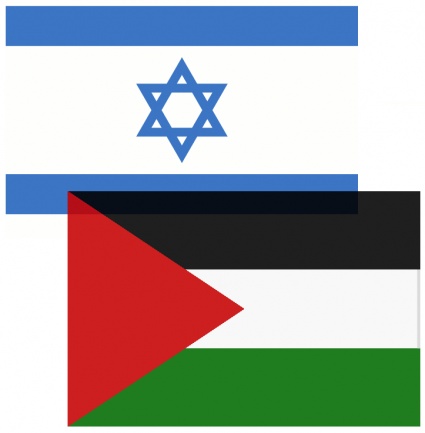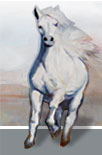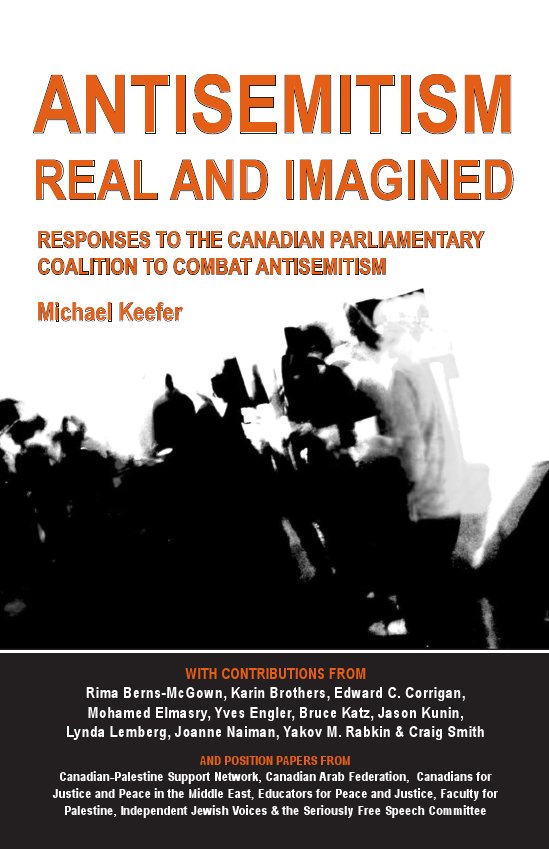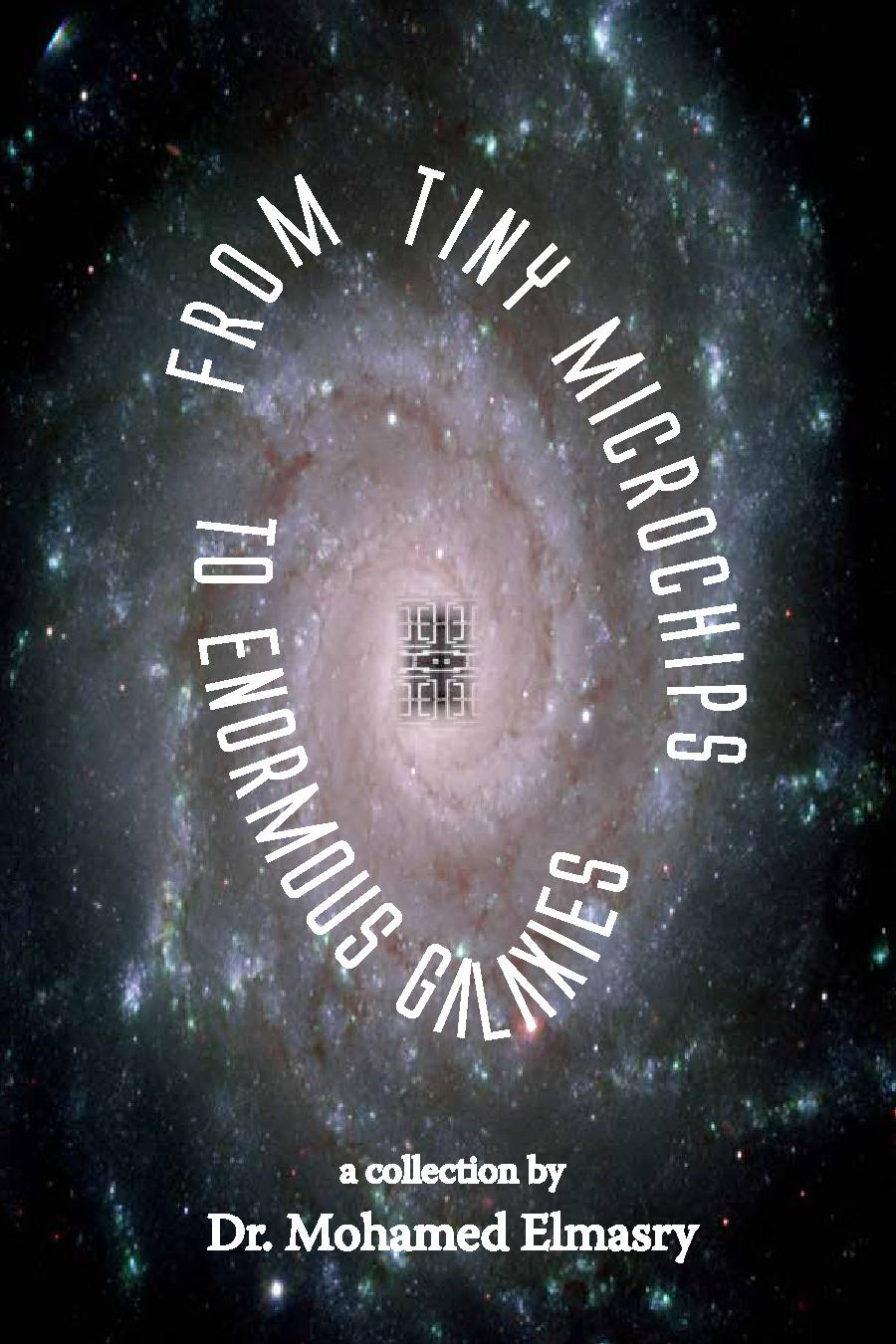January 29, 2014
Palestine, Israel, and the Arab Spring

It was definitely not baseball weather in Ottawa on January 19, but it was a double-header after the Sunday service at the First Unitarian Congregation. First at bat was Anita MacLean. Canadians for Justice and Peace in the Middle East has a yearly tour of Israel and the West Bank, led by Peter Lawson, and last year she took part, and on January 19 she shared her observations.
A Jewish man led them on a tour of West Jerusalem. MacLean asked him if he knew any Palestinians, and the answer was no. Jews and Palestinians are living together yet very much apart.
In their travels in the West Bank, they met a woman carrying a camera. What was she doing? She was taking pictures of her house, she explained. Settlers had come and burned everything in the house. Her husband and son resisted, she said, so the settlers called the police from the settlement who came and arrested the two men. She sent another son to boarding school to escape from the troubles. Her husband and son are in jail, and it would take $3,500 to get them out, money that she does not have.
Hebron is in the southern part of the West Bank and was one of their stops. There, settlers have taken over the main market street, closing the shops and putting 1800 people out of business. There are 2000 Israeli soldiers there to offer support to 400 settlers in the city. One Palestinian family cannot use their front door because it fronts on the deserted market street. They have to enter either through the roof or a window. MacLean showed a photo she took in the current market area. The photo was of a metal mesh over the street, as settlers overhead throw garbage down which would otherwise land on shoppers. Throughout their visit in the West Bank, the group asked Palestinians if they would be prepared to live together with Jews. Hebron was the only place where the answer was no.
People in refugee camps that they visited could not understand why Canada did not support them. The group also visited Canada Park, built with $70 million raised by the Jewish National Fund in Canada, money for which charitable tax receipts were issued. The park is built on the site of three Palestinian villages leveled by Israel. Former residents of these villages cannot return.
She had a photo of the separation wall with this graffito: “Make hummus, not walls.”
Next at bat was Hassan Diab. Before noting his observations, a word about him. He is a sociologist who has worked at Carleton and the University of Ottawa. The French government wants to examine him on suspicion that he is the person who placed a bomb at a synagogue in Paris in 1960. The main evidence consists of a signature on a hotel registration card. A French handwriting expert says that the signature is his, while experts called by his side say otherwise and have severely criticized her work. While the Canadian judge at the extradition hearing found her evidence to be dubious, he nevertheless concluded that the matter was for France to resolve. He is currently free on bond while appealing the ruling. At this time, he must wear a tracking device on his leg, costing him thousands of dollars.
So much for the background on Diab. His presentation was on the Arab Spring. “There have been upheavals,” he said, “but few changes.” A big problem is the rise of the Islamists throughout the area, especially the Muslim Brotherhood but also the Salafis.
Paradoxically, he noted that the upheavals have occurred in countries with a secular orientation that were relatively open compared with some other Arab countries. They occurred in Tunisia, Egypt, Syria, Libya, and Yemen, not in Saudi Arabia. I suggested that the relative openness was the reason, noting that the French Revolution took place at a time when the condition of the peasantry was actually improving. As the French say, “The appetite grows with the eating.”
Diab sees economics as a major factor of what is happening in the Middle East. Libya was “liberated” by NATO, and in spite of the turmoil the oil is flowing to Europe. There are major oil and gas reserves newly discovered in the Mediterranean, ready for exploitation by Cyprus, Syria, and Israel. Russia is involved both with supplying military hardware and with access to a Syrian port for the Russian fleet. Significantly, the Syrian Minister of Education has now introduced Russian into the curriculum of the schools. In Syria, he said, many of the numerous rebel groups are fighting each other more than against Assad. Saudi Arabia is involved in Syria in order to keep the Arab Spring away, he observed.
In looking at the meeting in Geneva of the rebels and the Assad régime, he noted that the U.S. Secretary of State John Kerry laid down the law to the rebels. The coalition has a constitution that requires a two-thirds majority to make a decision to go to the conference. Kerry forced them to change it to fifty per cent plus one. Not all the groups voting for the Kerry ultimatum will be there. But the U.S. will not put troops on the ground, leaving it to throw its weight around in terms of aid to rebel factions.
With all this maneuvering for influence and control by Washington, Moscow, and Europe, he referred to a new complexity: the Chinese are making an appearance. Another interesting fact in the Arab Spring turmoil is that the slogans and banners have changed. The Palestinian-Israeli issue is absent from the rhetoric and slogans.
Reuel S. Amdur








